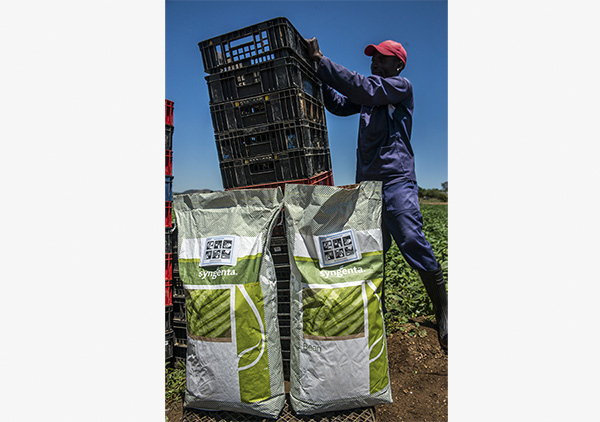
A farmer stacks collection baskets near sacks of Syngenta beans at a farm near Johannesburg. (Photo provided to China Daily)
Growth factors
So what is driving this growth?
Diving commodity prices are making some foreign companies a cheap buy. In addition, many SOEs have the means to buy, and for private companies, big or small, historically low interest rates mean it has become easier to borrow funds.
The Belt and Road Initiative, seen by many as a key pillar of China's foreign trade drive, means government cash may well be available to SOEs to help fund acquisitions and make investments.
The Silk Road Fund, a government-owned investment vehicle, was launched at the end of 2014 with an injection of $40 billion. It aims to support infrastructure projects, mainly in Eurasian countries that lie along the proposed Silk Road Economic Belt and 21st Century Maritime Silk Road routes between China and Europe.
More to the point, Chinese State and private companies see the Belt and Road Initiative as a clear sign that the government wants them to look overseas.
"A lot of SOEs are fairly cash rich," Ben Cavender of China Market Research Group told nasdaq.com recently. "One of the issues they are running into is they're out of room to grow in their home market." Probably the most eye-catching recent deal came in February, when China National Chemical Corp, commonly known as ChemChina, agreed to pay $43 billion for Swiss pesticide maker Syngenta. If regulators and the Swiss company's shareholders approve the deal, it will be the largest-ever Chinese takeover of a foreign company.
The chemical company also grabbed headlines by buying Italy's premium tire maker Pirelli for $7.7 billion. The deal was funded in part by the Silk Road Fund, which took a 25 percent stake in the ChemChina unit set up to buy Pirelli's shares.


















































